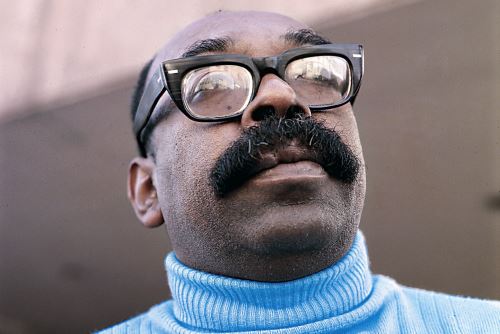, a date established in 2006 by Law No. 28761 enacted by the Congress of the Republic, to pay tribute to the foremost representatives of Afro-Peruvian culture, recognizing their great talents and artistic expressions.
Let us explore the key factors behind the development of Afro-Peruvian identity that strengthened the identity of Peruvians.
According to the
National Institute of Statistics and Informatics (INEI),
3.6% of Peruvians identify as Afrodescendants. They represent one of the largest ethnic communities in our country and stand out for their contributions in the religious, gastronomic, and artistic sectors.
According to Kristhian Ayala, a research professor at the Universidad Catolica Sedes Sapientiae (UCSS), the first African slave disembarked in Tumbes with Francisco Pizarro's thirteen men, approximately between November and December of 1527.
"The inhabitants of the area were surprised by the slave's skin color and even offered him water so he could wash his face and remove the blackness," Ayala explained.
With the establishment of the Viceroyalty of Peru, slavery and the trade of African men and women increased to such an extent that, according to the 1614 census, the number of enslaved Black people in Lima reached 10,386 —even surpassing the Spanish population, which stood at 9,630.
Afrodescendants represented 69% of the total population in the capital, which totaled 25,154.
"This period coincides with the lifetime of San Martin de Porres (Saint Martin de Porres), the first mulatto saint of the Americas; Ursula de Jesus, the first Afro-Peruvian to be beatified; and the image of the Señor de Los Milagros (Lord of Miracles), the most representative religious expression of Peru worldwide, which bears a strong Afro-Peruvian component, as it was painted by a man of Angolan descent," Ayala indicated.
The researcher emphasized that this cultural fusion gave rise to a syncretism translated into a dark-skinned Christ (Lord of Miracles), who is still carried through the streets of Lima nowadays.
The Rimac district played a key role in the cultural development of Afro-Peruvian identity.
It was home to the neighborhood of Malambo, which served as a kind of holding area where African slaves were prepared for sale. After the abolition of slavery in 1854, this area became a suburb with a large Afrodescendant population.
"The parish of San Lazaro, in Rimac, was one of the most representative social spaces for Black people in Lima. Also prominent is the watercolorist Francisco 'Pancho' Fierro, whose art was vital to understanding Afro-Peruvian culture during the viceregal and republican periods. His paintings El Son de los Diablos and Zamacueca (The Son of Devils and Zamacueca) are among the few visual references to Afro-Peruvian music, depicting the dances and instruments used at the time," Ayala explained.
The musical legacy of Afro-Peruvianness
The influence of Afrodescendants in Peruvian music is clearly reflected both in dances and in musical genres.
Currently, leading figures of Afro-Peruvian art are celebrated, including Nicomedes Santa Cruz, Porfirio Vasquez, Jose "Pepe" Vasquez, Lucha Reyes, Susana Baca, Eva Ayllon, Lucila Campos, Caitro Soto, and Arturo "Zambo" Cavero, among many others.
